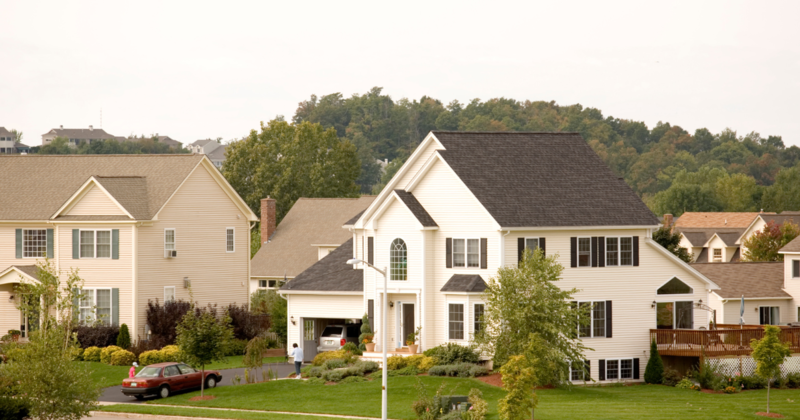Trying to time the market makes sense in theory—buy low, sell high, and wait if…
Are you interested in universal design?
Whether you’re buying a new home you’d like to stay in for the long haul or updating the home you already have and love, universal design can ensure the property is accessible to all — including those with limited mobility, disabilities or other health concerns.
This design strategy is also critical for multigenerational households, ensuring a safe and accessible environment for both children and the elderly.
Are you renovating or buying a house? Consider these universal design elements:
- Have a full bath on the main level. And don’t forget the benefits of curbless showers, side-entry bathtubs and shower chairs. When combined, these features ensure anyone has access to the bathroom.
- Widen hallways and doorways. Roomy halls and doorways are essential for those with walkers, wheelchairs and other accessibility devices.
- Install ramps. At least one entryway should have a ramp for residents or guests. If you find yourself with mobility issues someday, you may also need a motorized lift on any stairwells.
- Use nonslip flooring. This one is especially important for little ones and older adults. Additionally, be sure that any rugs and mats are nonslip and won’t cause people to trip over them.
- Automate what you can. Smart home technology can improve accessibility, allowing you to open blinds, turn on lights, close garage doors and more, all with your voice — or the touch of a mobile app.
Planning to make a change? Get in touch to discuss your options for financing a home purchase or renovations.




